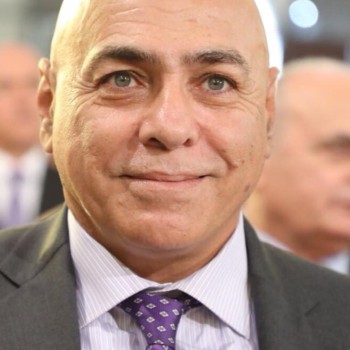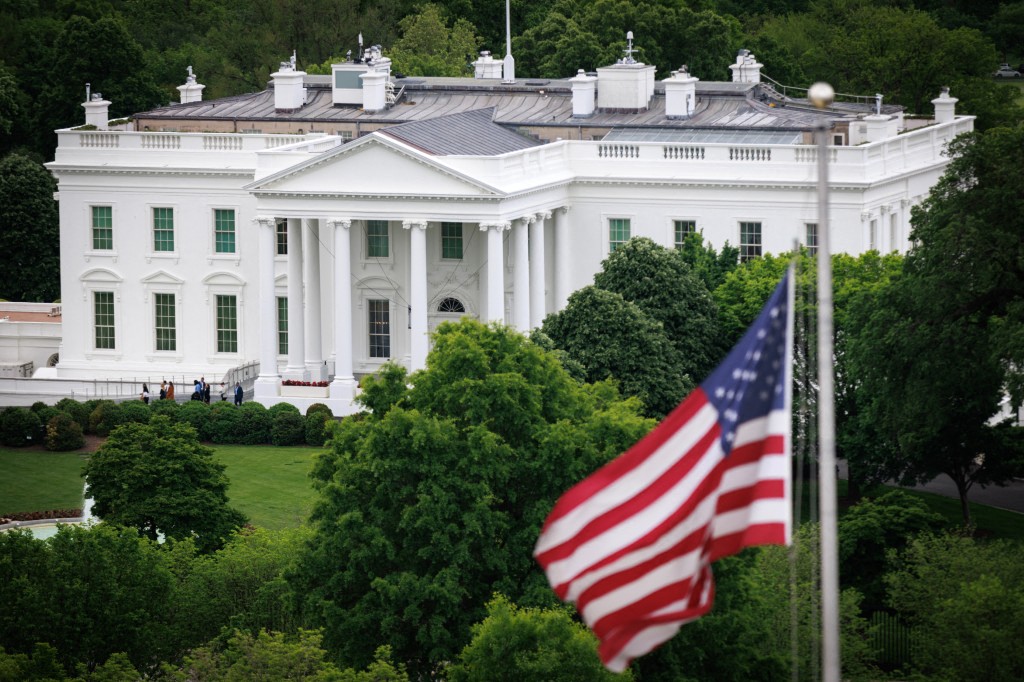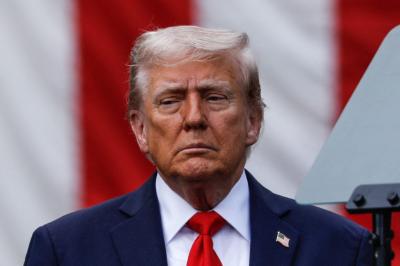Here are three recent scenes from the United States.
Scene One: The vast majority of US mainstream media outlets refused to sign a pledge requested by Secretary of War Pete Hegseth, requiring them not to publish any news related to the Department unless it was officially preapproved. Accredited reporters walked out en masse, affirming that they would cover the Department's news from outside the building, as the profession demands, not as the Secretary sees fit.
Scene Two: Six out of eight renowned and prestigious universities in the United States refused to comply with the conditions sent by the White House, described as stringent and ultraconservative, in exchange for facilitating the funding of their research programs. University officials unanimously rejected restricting academic freedom.
Scene Three: Former FBI Director James Comey, who was indicted by a grand jury on two charges of misleading Congress and obstructing justice, asked the court to dismiss the case, saying it was vindictive.
These three scenes are fresh and are just a taste of what Americans have been experiencing since the beginning of Trump's second presidential term, in which he decided to settle scores with his political opponents. They have raised embarrassing questions about the state of democracy in the United States.
Those raising the questions, and also know the answers, say that the condition of American democracy today reflects a deep and ongoing challenge to its systems and institutions. Before Trump's election in 2016, the United States was facing problems described as symptoms of a "sick democracy," represented by rising polarization and structural inequalities within its democratic activities. The Trump presidency, particularly his style of exercising power—personalization and a culture of deal-making—came to intensify these challenges by undermining the fundamental institutions and mechanisms that maintain the health of democracy.
American Democracy Before Trump
Before the 2016 elections, the United States was already suffering from serious democratic stresses. These stresses included increasing political polarization, partisan gerrymandering of electoral districts, and the erosion of voter rights, trends that had been accumulating slowly over the years. Although these issues indicated democratic weakness, the basic institutional structures, such as guarantees of rights, checks and balances, the rule of law, and election integrity, remained largely intact. The system was still operating within agreed-upon standards and a broad democratic framework, albeit suffering from tensions and in need of reforms.
Democracy Under Trump
Trump I, then Trump II years witnessed concentrated efforts to consolidate decision-making within the executive branch and marginalize Congress, using it to benefit the presidency at the expense of traditional democratic accountability. His administration systematically undermined the independence and effectiveness of the institutions that protect democracy. The measures included weakening election protections, imposing restrictive voting laws, interfering in state-level election administration, and dissolving key oversight units like the "Election Influence Monitoring Taskforce" that protected elections from foreign interference, and controlling the judiciary through the appointment of conservative judges who embrace his agenda and from whom he expects "personal loyalty."
Furthermore, Trump's public labeling of his political opponents as "enemies" created an climate of fear and division unprecedented in contemporary American politics. The same can be said for his repeated attacks on the judiciary, the legislature, and the press, which weakened the institutional safeguards designed to constrain executive power and ensure accountability.
This integrated strategy was dubbed "expanding executive power," and it inflicted severe damage on the legal and political frameworks necessary for democratic governance. Trump's judicial appointments—lifetime appointments of three Supreme Court justices and of federal judges—and conservative legislative agendas, along with his attempts to control state governments, weakened the frameworks that enable presidential accountability, restricting political accountability from popular bases.
Biden's Reform Attempts
The Biden administration inherited a fragile democracy facing severe challenges marked by the assault on Congress. Biden sought to restore democratic standards and strengthen election integrity through legislative and administrative measures. Efforts included supporting voting rights legislation like the "For the People Act" and the "John R. Lewis Voting Rights Advancement Act," although this legislation faced fierce opposition and was blocked in the Senate. However, the persistent and deepening political rift and the stubborn acute partisan polarization limited the scope of the reforms.
Will Democracy Withstand?
Despite all these difficulties, the American democratic system shows a significant degree of resilience and adaptability for a number of reasons, including that the constitutional system retains several institutional safeguards and a federal structure that disperses the concentration of power in one place. Civil society, the media, and state governments continue to play crucial roles in monitoring power and ensuring accountability. In addition, there is increasing public awareness and mobilization regarding voter rights and democratic standards.
One advantage of the resilience of the US democracy is that it could potentially reinforce guarantees of rights and accountability if voter turnout increases and the two competing parties conduct substantial reforms leading to the lifting of pressure on the judiciary.
If polarization persists, partisan gridlock continues, and the pace of reform slows, social disintegration may occur, leaving democracy divided with ongoing institutional paralysis.
There is also the possibility that the authoritarian drift initiated by Trump in his first term and being entrenched now in his second will become permanent. The outcome of this scenario would be the continued expansion of executive power and the undermining of the rule of law, free elections, and civil liberties.
Today, American democracy stands at a crossroads where it must reconcile its deep divisions and institutional weakness with the demands of responsible and inclusive governance. Its survival will depend heavily on whether political actors, institutions, and the public are able to maintain democratic standards and resist attempts to undermine fundamental safeguards.
So, will the next three years constitute a crossroads for major surprises related to the United States, concerning both its domestic scene and its role in the world?
Please post your comments on:
[email protected]
 Politics
Politics














